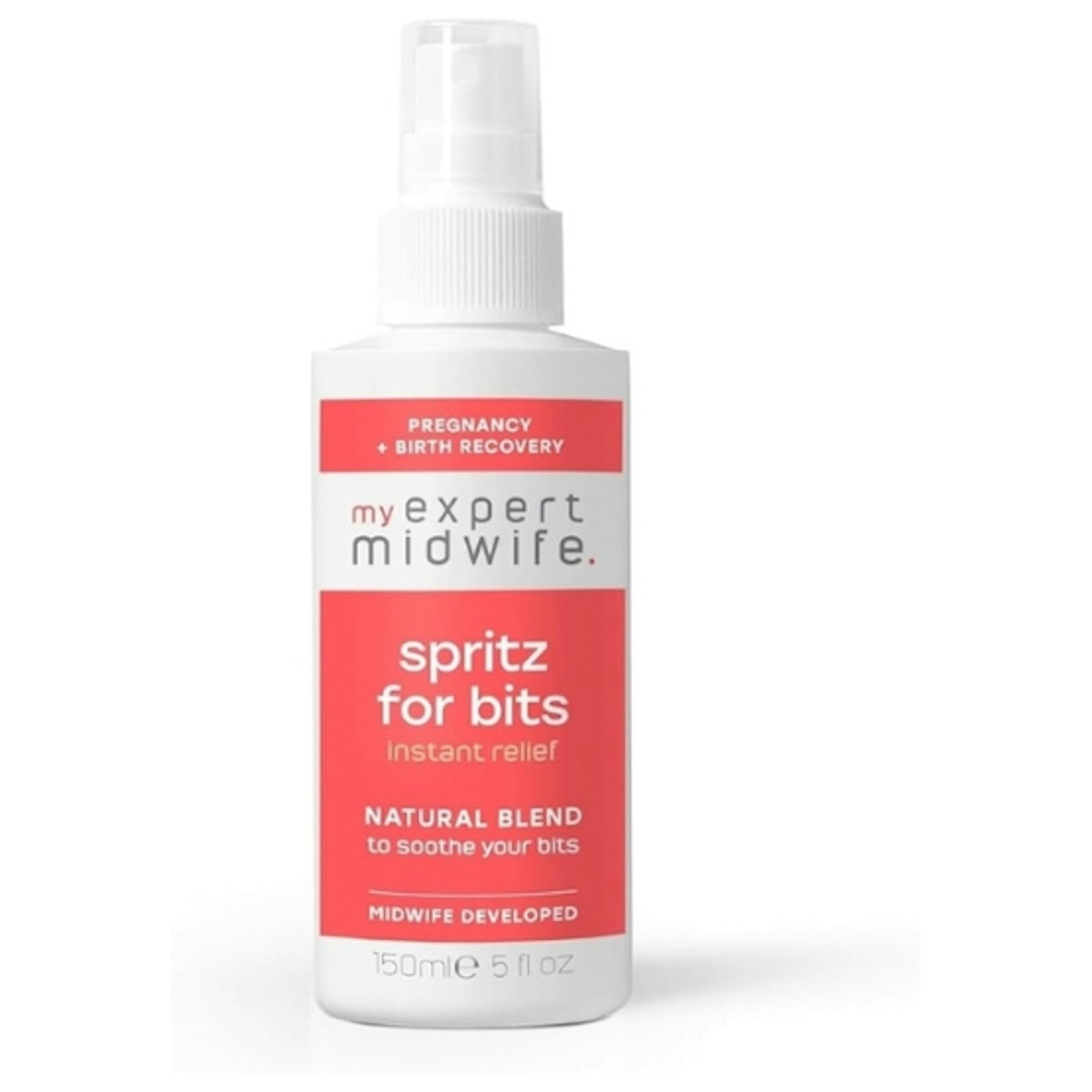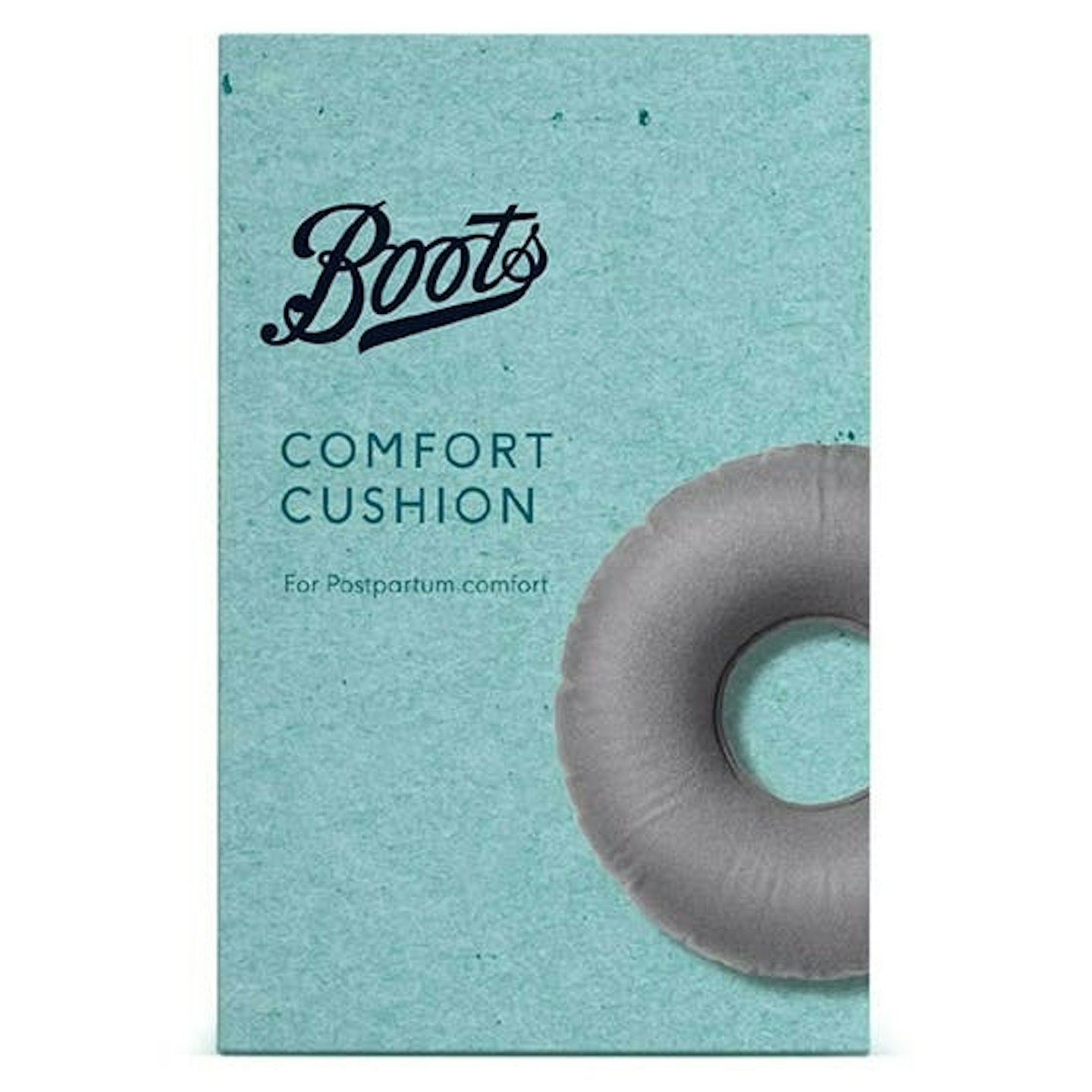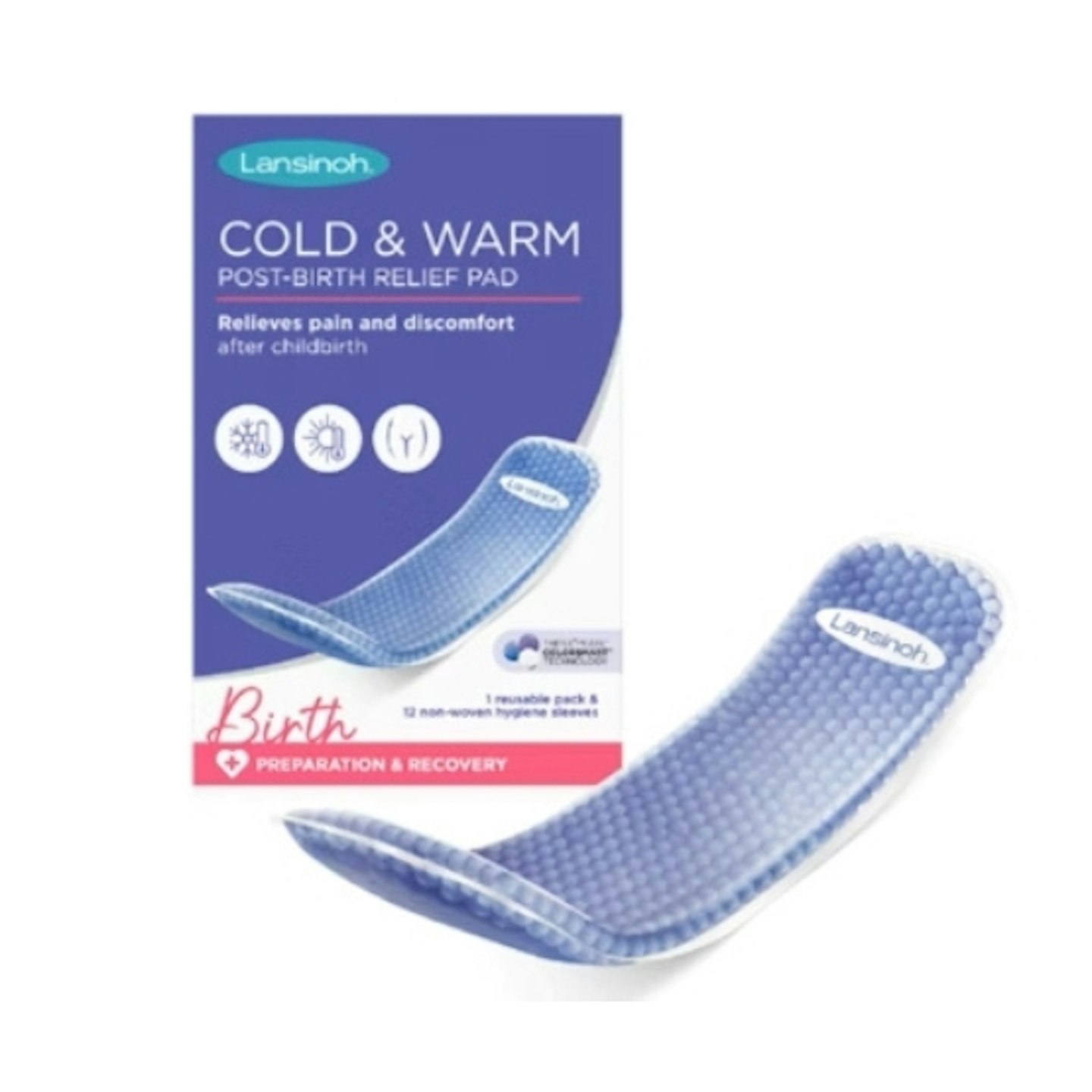It's something all mums-to-be would prefer not to think about while they're pregnant, but stitches after birth are something you may need. All births are different, but experiencing perenial tears, grazes and bruising is very common during birth and some women may even need an episiotomy.
Stitches, tears and bruising can be rather uncomfortable and the recovery process will take time. To help your recovery, we've put together advice on how to look after your stitches, signs of infection and tips on doing those everyday activities like going to the loo with expert advice from Midwife Pip.
Will I need stitches?
Perineal tears and cuts are very common during birth as the area between your vagina and anus (the perineum) has to stretch a lot when giving birth vaginally.
If you're struggling to get baby out, your midwife may even need to make a small cut to the perineum to help you and baby. This is called an episiotomy and is more likely to happen if it's your first baby born vaginally.
What can make tears more likely?
Here are some reasons you may need stitches after birth:
• Episiotomy: As mentioned, some mums may need an episiotomy which will require stitching
• First vaginal birth: Nine out of ten mums experience a tear, graze or cut during their first vaginal birth
• Assisted birth: If your baby has needed the help of forceps or a ventouse, then it's likely you'll experience tearing
• Pushing for too long
• Shoulder dystocia: This is when one of baby's shoulders gets stuck behind your pubic bone
• You've had a tear previously
• Your baby is on the larger side: This is most likely to happen if baby is late and over 8lb 13oz
How many stitches will I need and how will they be done?
After a vaginal birth, your midwife or obstetrician will ask to check your vagina, perineum, and rectum for any tearing.
According to Midwife Pip, tears are generally categorised into 4 types:
1st degree – just involving the skin layer and may not require suturing if it isn’t bleeding and is well aligned.
2nd degree – involves some of the muscle layer – stitching would be advised for this type of tear and can be performed by your midwife in the room you gave birth using local anaesthetic.
3rd and 4th degree – For some women (3.5 out of 100) the tear may be deeper and extend into the muscle that controls the anal sphincter, these tears will need to be repaired in an operating theatre by an obstetrician with regional analgesia.
Stitches are usually performed as one continual stitch so there is not a number to count, all the sutures used in this area are dissolvable, so you don’t need to have any taken out later.
How long do stitches take to heal for new mums?
Healing time really depends on the severity of the tear but everything should be fully healed within a month of your baby's birth but it's normal to feel pain for around two to three weeks.
Remember it's not just the tear and stitches that will need to heal, the bruising and swelling will need time to heal too but this should feel better within a few days.
What can I do at home to help heal any tears, stitches and bruises?
As well as taking it easy and resting for the first 24 hours after your stitches have been put in, there are lots of things you can do to help ease and pain and discomfort during the recovery process.
According to Midwife Pip, 'Regular analgesia (pain killers) is important as well as reducing the risk of infection through careful hygiene, changing pads regularly, washing hands before and after going to the toilet and wiping front to back. Mobilising will support recovery by increasing the blood flow to the area but only be active within the limits of your comfort in the early stages. Ensuring you are eating well and hydrating adequately with a dietary focus on fibre intake will help prevent constipation and straining on the area which may be uncomfortable. Lastly, pelvic floor exercises are really important after having a baby so make sure you are aware of how to correctly do these and to do them daily.'
Reduce the pressure on your stitches
Sitting normally may be painful for a while so you may want to lie on your side when relaxing for the first few days. Things like donut shaped cushions can help relieve some of the pressure too.
Enjoy a warm bath
While a warm bath won't help with healing, they're great for soothing pain. Once you feel comfortable enough to sit in the bath, a nice 20 minute soak should help things feel more comfortable. Once you're done, gently pat your stitches dry with a towel. To keep everything clean, you should be aiming to have a shower or bath at least once per day.
Take painkillers
Paracetamol can help ease the pain and if that doesn't work, you may want to try some ibuprofen to to help the inflammation. If these painkillers don't work and you're still in a lot of pain, your doctor may be able to prescribe you some stronger painkillers. If your tear has been particularly severe, you may even be prescribed a course of antibiotics to protect against infection.
Keep the wound cool
Applying a cold gel pad, or icepack to your perineum may help reduce swelling and soothe discomfort. It's also great if your stitches are feeling itchy as they start to heal. Just avoid leaving it for more than half an hour.
Keep it clean
Change your maternity pads regularly, washing your hands before and after you change. In between changes, it's a good idea to expose your stitches to the air twice a day for at least ten minutes. Just be sure to put a towel underneath you to protect your bed or sofa. To help this circulation of air throughout the day, try to wear loose clothes. You may also want to use a peri bottle to wash the area and keep it clean.
Check in on your wound
It's fairly hard to see what's going on down there, so you might want to keep a hand mirror on you to regularly check the wound to make sure things are healing okay. Doing some pelvic floor exercises will help healing and circulation too.
Ways to make going to the toilet less painful
There are a few things you can do to make toilet trips a little more bearable during the healing process.
If your wee feels like it's stinging on the area, try pouring a jug of warm water over your stitches while you pee. You could also use a clean squeezy drinks bottle for this too. To dry the area, pat it front to back with some loo roll.
To make going for a number two as easy as possible, you'll want to make sure you're drinking plenty of water and eating enough fibre to help soften your stools. You may also be prescribed stool softeners to avoid your stitches being strained. If you are feeling pain, try pressing a clean pad against your stitches to relieve any pressure.
What should I do if it feels like something is wrong?
During your first post-natal check, your doctor or nurse will check you've recovered well from the birth and that your wound is healed nicely.
If however you notice any of these problems, you should book in to see your doctor now:
• Your stitches become smelly or more painful - this may be a sign of infection
• Weeing is causing a sever stinging sensation and you feel the need to go to the toilet more regularly
• You leak a little poo when passing wind or you feel the need to rush to the toilet to have a poo
• You have a high temperature
• Severe pain in your tummy or around your perineum
Prevent or soothe stitches with these products:
 Amazon
AmazonSpritz for Bits is a hospital bag essential that helps to provide instant relief during your post-birth recovery, relieving discomfort and pain caused by bruising, stretching and swelling during childbirth.
 Amazon
Amazon
www.boots.com
If you’re struggling with pain after a tear and want to avoid medication – if breastfeeding, for example – cooling the area with a cooling pad ice pack helps.
Stitches after birth FAQ's
‘I’ve had a third-degree tear and had a lot of stitches. How long will it take to heal?’
Childbirth expert Dr Donald Gibb says:
‘A third-degree tear is a tear of the vagina and perineum that extends to the anus, so the muscle is damaged.
‘It occurs in 9% of women and can be very painful and traumatic. Lower degree tears don’t involve the bottom area, so this type is severe and needs to be treated carefully. You’re more likely to have a third-degree tear if the baby is big and prosterior (has the back of his head to the mother’s back). If you’re petite and have a small cervix, you’re more prone to tearing, too – it really depends on the size and position of the baby. It doesn’t make you more likely to tear if it’s your second, third or fourth child.
‘In good hands, stitches can take up to 45 minutes and are always done within 30 minutes of the woman giving birth. The mother is always given pain relief, either a spinal anaesthesia or epidural.
‘Stitches take about three to four weeks to heal. However, it will take approximately six weeks to feel fully back to normal. Make sure you have adequate pain relief during this time as it can be very painful. Volterol works well. A stool softener such as Lactulose is also important so that you don’t strain your stitches when going to the toilet.
‘Sitting in a salt bath doesn’t help, even though myth has it that it aids recovery. Clean yourself two or three times a day with water and very mild soap – Dr. Bronner’s Unscented Baby-Mild Castile Liquid Soap is good for this. Mums may need a comfy ring-shaped cushion to sit on, or a specialised ice pack to help alleviate the pain.’
'I've experienced tearing in my past pregnancies, can I elect to have a c-section to avoid it happening again?'
Midwife Pip says:
'For women who experience a 1st or 2nd degree tear, a c-section is not the recommended mode of delivery in future pregnancies, these tears are very common and impact around 85-90% of women who have a vaginal birth, they should heal without any complication.
'For women who have had a 3rd or 4th degree tear, they may wish to have a c-section in the future and should have a consultation to discuss the severity of and any complications from her precious tear to determine what the future impact may be.'
About the Expert
Thisarticle contains expert advice from Midwife Pip, an experienced, practising Midwifery Sister, MSc graduate, founder of Midwife Pip Podcast, Hypnobirthing and Antenatal Educator, co-author of published research and importantly a mum.

